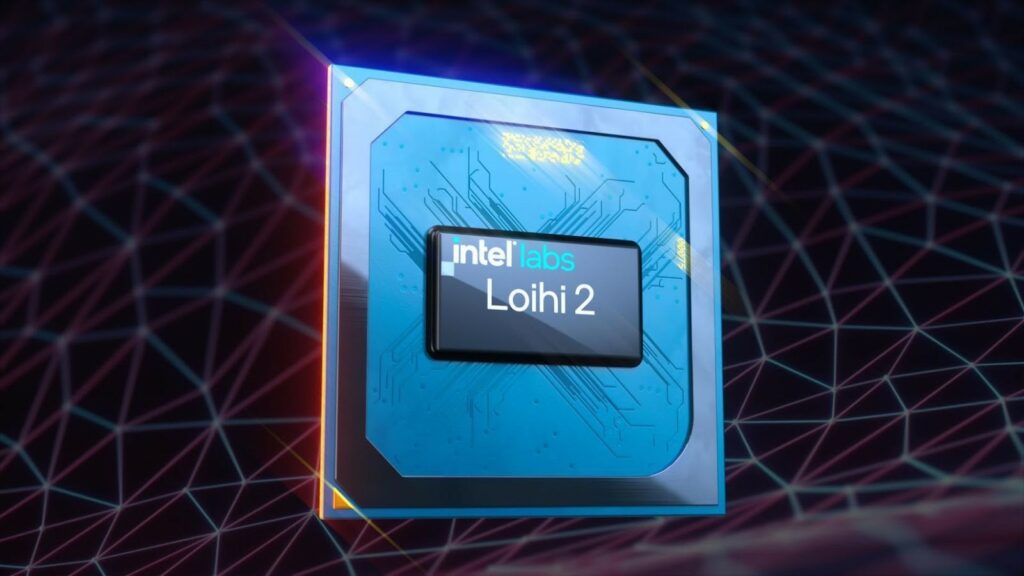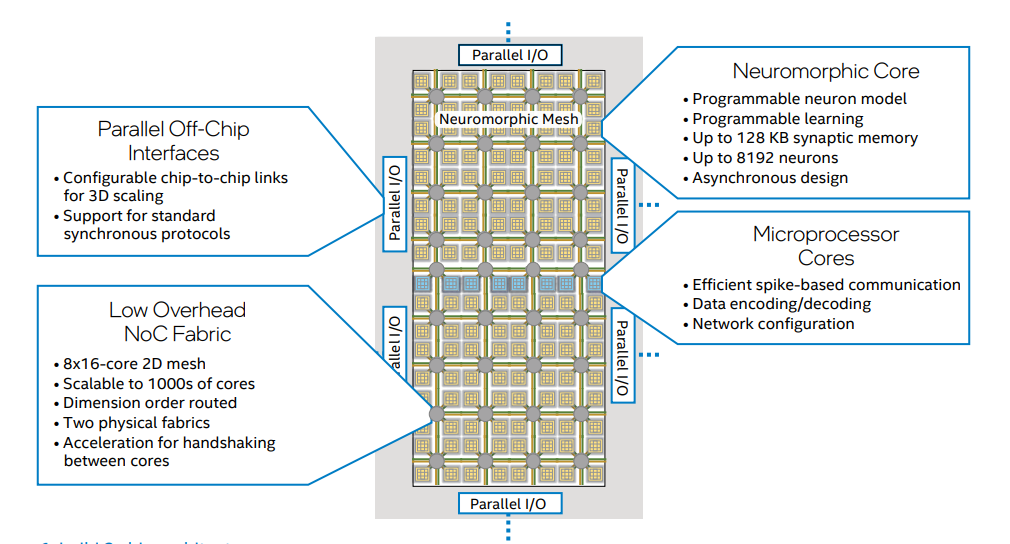Imagine a computing system that masters new skills swiftly while operating on a fraction of the power used by traditional systems. This vision is now a reality thanks to Intel’s Loihi 2 neuromorphic computing, paving the way for innovations in everything from smart cities to advanced robotics. Step into the future with Intel’s Loihi 2 neuromorphic processor, now powering Hala Point — the world’s largest neuromorphic system.

What Are the Innovations Behind Intel’s Loihi 2?
Intel’s Loihi 2 boasts faster processing speeds and increased neuron density, significantly enhancing energy efficiency. This neuromorphic processor challenges the dominance of traditional GPU-based processors and sets the stage for brain-inspired computing solutions that could revolutionize how we tackle complex computational tasks.
For a detailed explanation of Intel’s Loihi 2 development, check Intel’s technology brief.
Well, you might be wondering how the chip architecture of the futuristic processor, Loihi 2 looks like so here’s an image showcasing the components of the chip.

How Do the Key Patents Drive Intel’s Loihi 2 Advancements?
To understand the innovations making Intel’s Loihi 2 a reality, let’s explore some key patents:
The patent, US11017288B2, focuses on digital signal processing in neuromorphic hardware. The neural core structure depicted in this patent showcases the architecture driving Loihi 2’s remarkable efficiency.

The patent, US11366998B2 describes methods and techniques for neuromorphic accelerator multitasking. The image below details neuron address translation, neuron memory space, and synapse memory space, which are crucial for the advanced multitasking capabilities of Loihi 2.

Intel’s Loihi 2 neuromorphic chip is pushing the boundaries of computing with its brain-like processing and exceptional energy efficiency. By challenging the dominance of GPU giants like Nvidia, Loihi 2 is poised to unlock a new era of intelligent machines capable of real-time learning and adaptation. This groundbreaking technology shapes a future where machines learn and respond to the world around them in a more efficient and human-like way.
Why Is Intel Loihi 2 a Game-Changer in Neuromorphic Computing?
Loihi 2 stands out because of its unique approach to computing. Traditional processors, like GPUs, rely on fixed algorithms and consume substantial power. In contrast, Loihi 2 mimics the brain’s neural networks, allowing it to learn and adapt on the fly with minimal energy consumption. This innovation opens up new possibilities in various fields, including smart cities, advanced robotics, and real-time data processing.
What’s next for Intel’s Loihi 2 and Neuromorphic Computing?
As Intel continues to innovate with its Loihi 2 processor, the future looks promising for neuromorphic computing. The potential applications are vast, from creating more efficient AI systems to developing machines that can interact with their environments in a more natural and intelligent manner.
In conclusion, Intel’s Loihi 2 neuromorphic processor represents a significant leap forward in the world of computing. By combining brain-like processing with unparalleled energy efficiency, Loihi 2 is not just a technological marvel but a glimpse into the future of intelligent machines. Stay tuned as Intel continues to push the boundaries of what’s possible, unlocking new horizons in neuromorphic computing and beyond.
Interested in learning more about Intel patents? Read our insightful articles here.
What other companies are filing patents in the neuromorphic processor space? Request a patent landscape around this technology by filling out the form below:

